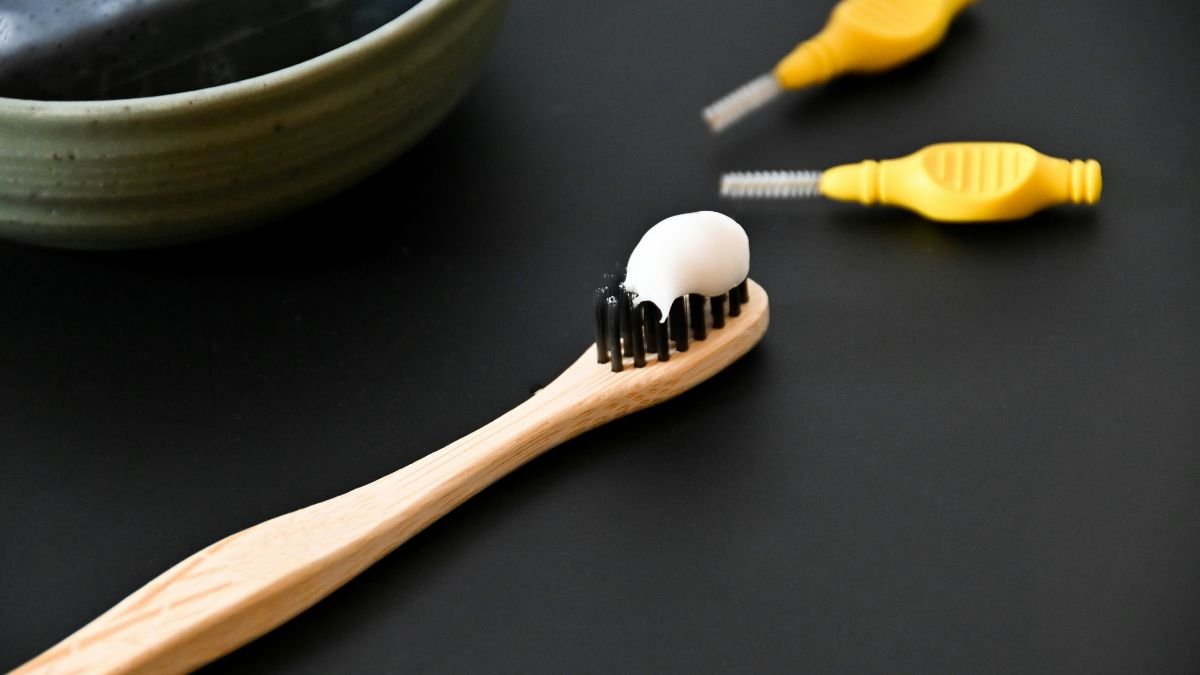A radiant smile does more than light up a room—it reflects our overall health, boosts our confidence, and can even influence how others perceive us. Yet maintaining that brilliant smile requires more than wishful thinking and the occasional brush.
From childhood through our golden years, our dental needs evolve, and our approach to oral care must adapt accordingly.
Whether you’re a parent in Annapolis, Maryland, establishing good habits for your children, a professional seeking to maintain your smile’s vitality, or a senior navigating age-related dental challenges, understanding the fundamentals of comprehensive oral care is essential for preserving that bright, healthy smile throughout every stage of life.
Starting with Professional Guidance
Before embarking on any comprehensive dental care routine, consulting with qualified dental professionals provides the foundation for long-term oral health. Regular check-ups with your dentist allow for early detection of potential issues, while specialized care addresses specific needs that emerge at different life stages.
For those requiring alignment corrections or bite adjustments, seeking expertise from qualified orthodontists becomes essential. In America’s Sailing Capital, you can find reliable Annapolis orthodontics services that offer personalized treatment plans tailored to your unique dental anatomy, lifestyle, and long-term goals.
These professionals understand that proper alignment affects not just aesthetics but also jaw function, speech, and long-term dental health, setting you on the right path toward maintaining optimal oral health throughout your lifetime.
Building the Foundation: Daily Oral Hygiene Essentials
The cornerstone of any healthy smile rests on consistent, proper daily care. Brushing twice daily for two minutes each session removes plaque and prevents the buildup of harmful bacteria that lead to cavities and gum disease. However, technique matters as much as frequency. Hold your toothbrush at a forty-five-degree angle to your gums, using gentle circular motions rather than aggressive back-and-forth scrubbing that can damage enamel and irritate gum tissue.
Flossing often gets overlooked, yet it reaches the twenty-five percent of tooth surfaces your brush cannot access. Daily flossing removes food particles and plaque from between teeth and along the gumline, preventing decay in these vulnerable areas. For those who struggle with traditional string floss, water flossers and interdental brushes offer effective alternatives that can make this crucial step more manageable.
Don’t underestimate the power of mouthwash as the final step in your oral hygiene routine. Antimicrobial rinses reduce bacteria, freshen breath, and can deliver fluoride or other beneficial ingredients to strengthen teeth. However, mouthwash should complement, not replace, brushing and flossing.
Nutrition’s Role in Dental Health
What you eat directly impacts your smile’s brightness and health. Foods rich in calcium and phosphorus—such as dairy products, leafy greens, nuts, and fish—help remineralize tooth enamel, strengthening it against decay. Crunchy fruits and vegetables like apples, carrots, and celery act as natural tooth cleaners, stimulating saliva production while mechanically removing plaque and food particles.
Conversely, certain dietary choices can sabotage your dental health. Sugary foods and beverages create an acidic environment in your mouth where cavity-causing bacteria thrive. Sticky candies cling to tooth surfaces, prolonging sugar exposure, while acidic drinks like soda and citrus juices erode enamel over time. If you do indulge, rinse your mouth with water afterward and wait at least thirty minutes before brushing to avoid spreading acid across your teeth.
Staying hydrated with water throughout the day helps maintain saliva flow, your mouth’s natural defence against bacteria and acid. Saliva neutralizes harmful acids, washes away food debris, and delivers minerals that repair early tooth damage.
Age-Specific Considerations for Lifelong Dental Health
Children’s dental care focuses on prevention and habit formation. Starting oral hygiene even before teeth emerge by wiping gums with a soft cloth establishes a routine early. Once teeth appear, use a rice-grain-sized amount of fluoride toothpaste, graduating to a pea-sized amount around age three. Teaching children proper brushing techniques and making dental care fun rather than a chore sets the stage for lifelong healthy habits.
Adults face unique challenges, including coffee and wine staining, grinding or clenching from stress, and the cumulative effects of years of wear. Professional cleanings every six months become increasingly important for removing stubborn buildup and monitoring for early signs of gum disease. Many adults benefit from custom nightguards to protect against grinding damage, and teeth whitening treatments can counteract discoloration from dietary choices and aging.
Seniors encounter specific concerns as natural aging affects oral health. Reduced saliva production from medications or health conditions increases cavity risk. Gum recession exposes sensitive root surfaces, making proper brushing technique crucial. Existing dental work, like crowns, bridges, and implants, requires meticulous care to ensure longevity.
Regular dental visits become even more critical for detecting oral cancer, managing periodontal disease, and addressing any prosthetic concerns. Additionally, many seniors may need to adjust their oral care tools, using electric toothbrushes or specialized flossing devices to accommodate reduced dexterity.
Beyond the Basics: Advanced Care Strategies
Protecting your smile extends beyond daily brushing. If you play contact sports, wearing a custom-fitted mouthguard prevents traumatic dental injuries that could compromise your smile for life. For those whitening their teeth, whether at home or professionally, following recommended usage guidelines prevents sensitivity and enamel damage.
Pay attention to warning signs that warrant immediate professional attention: persistent bad breath, bleeding gums, tooth sensitivity, or visible changes in tooth color or texture. Addressing issues promptly prevents minor problems from escalating into major dental emergencies requiring extensive, costly treatment.
Consider your lifestyle habits’ impact on dental health. Smoking and tobacco use stain teeth, increase gum disease risk, and dramatically elevate oral cancer rates. Limiting alcohol consumption and managing stress through healthy outlets rather than grinding preserves both your dental and overall health.
Maintaining a bright, healthy smile at any age isn’t about perfection—it’s about consistent care, informed choices, and adapting your approach as your needs change. By combining professional guidance with diligent home care, mindful nutrition, and age-appropriate strategies, you can preserve your smile’s radiance and health for decades to come. Your smile is one of your most valuable assets; investing in its care pays dividends in confidence, health, and quality of life throughout every chapter of your journey.












